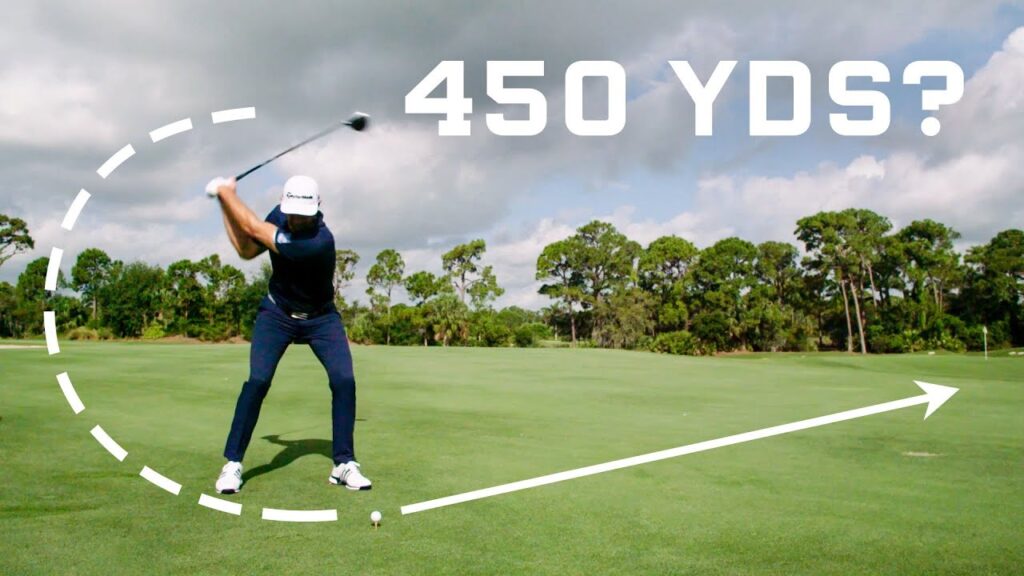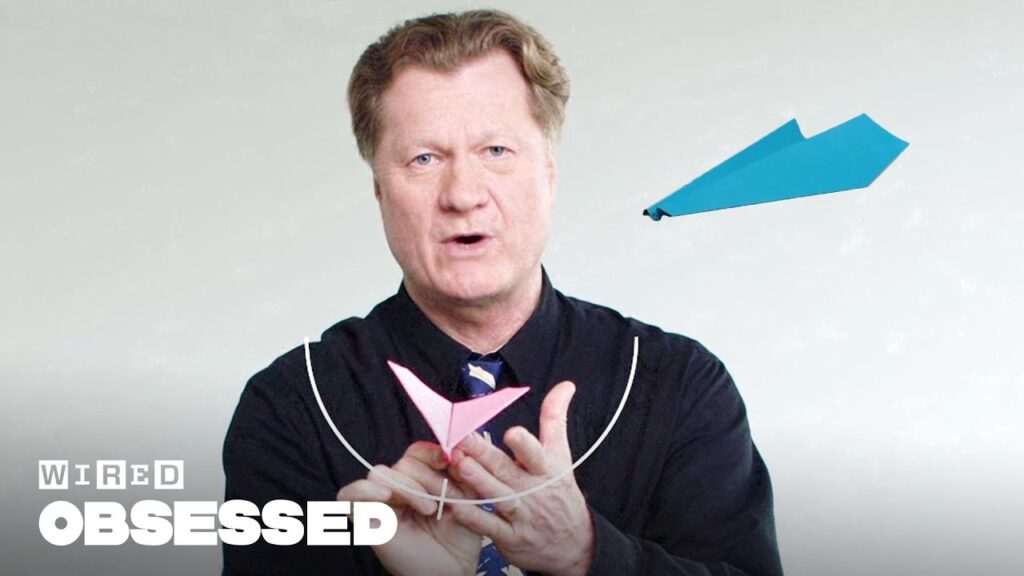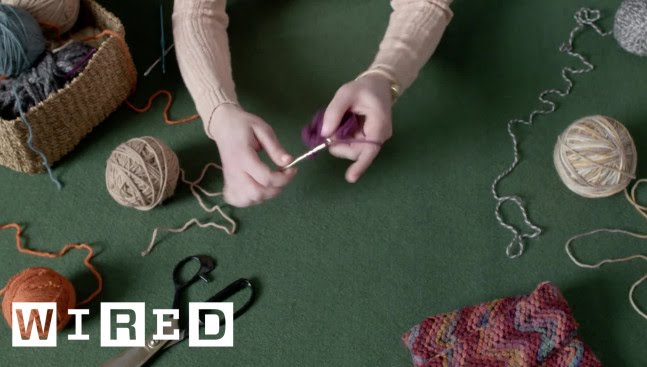Jurassic World: Unleashing the Power of Motion Capture Technology
Summary
Jurassic World, the latest installment in the franchise, is already set to be the biggest film of the summer. Industrial Light & Magic (ILM) was tasked with delivering the dinosaurs, both old and new. The studio decided to rely heavily on motion capture technology to give the creatures a subtle, realistic performance – a surprising choice given the size and shape of the dinosaurs. In this Q&A, we discuss the advantages of motion capture with experts from ILM, including how it helped achieve an unprecedented level of detail and complexity in the motion of the dinosaurs.
Table of Contents
- The advantages of motion capture technology
- The complexity of motion captured animation
- Retargeting motion capture performances
- The importance of flesh simulations in creature animation
- Conclusion
Introduction
The latest installment in the Jurassic Park franchise, Jurassic World, has already made a huge impact at the box office. ILM was responsible for creating the special effects, including the lifelike creatures that have become a hallmark of the series. One of the ways in which the studio achieved such realistic animation was through motion capture technology, despite the challenges posed by the unique physical characteristics of the dinosaurs. In this Q&A, we discuss the benefits of motion capture, the challenges ILM faced, and how they overcame them to create an unprecedented level of detail and believability in the creatures’ movements.
Q&A
The advantages of motion capture technology
Q: What is the advantage of using motion capture technology in creature animation?
A: There are several advantages to motion capture technology, particularly when it comes to creature animation. One of the main benefits is the ability to capture very subtle, realistic movements that would be difficult to achieve through traditional animation methods. This is especially important in creating lifelike creatures like the dinosaurs in Jurassic World. Additionally, motion capture allows animators to capture the movement of multiple characters or objects in a single take, which can save time and improve the continuity of the animation.
The complexity of motion captured animation
Q: Given the size and shape of the dinosaurs in Jurassic World, motion capture seems like an unusual choice. How did you overcome the challenges posed by these physical characteristics?
A: Yes, motion capture is typically used for more human-like characters, so it presented some unique challenges when it came to animating the dinosaurs. However, because of the complexity of the motion in many of the shots we were creating, we felt that motion capture was the best way to achieve the level of detail and realism we were aiming for. While it’s true that the performers couldn’t physically stand like a raptor for very long, we were able to capture the subtleties of their performance and use that data to drive the animation.
Retargeting motion capture performances
Q: How did you ensure that the motion capture data could be applied accurately to the vastly differently shaped dinosaur models without losing detail?
A: One of the things we did was cast four different performers to play the raptor. Each performer had a slightly different body shape and movement style, so we were able to capture a wide range of data that could be retargeted to the different raptor models without losing the nuances of the performance. We also made sure to work closely with the animators to ensure that the motion capture data could be accurately retargeted and further refined to achieve the desired level of detail and realism.
The importance of flesh simulations in creature animation
Q: Can you tell us more about the importance of the flesh simulations in achieving a realistic movement for the dinosaur creatures?
A: Sure, the flesh simulations are a critical component of creating believable creature animation. Essentially, the flesh simulations simulate the muscle, skin, and other textures of the creature’s body to create an added layer of realism. This is particularly important when animating complex movements like those of the Dominus Rex, one of the new creatures introduced in Jurassic World. With the flesh simulations, we were able to add an unprecedented level of detail and complexity to the movements of the creature, which further enhanced the believability of the animation.
Conclusion
In conclusion, motion capture technology played a vital role in creating the lifelike creatures featured in Jurassic World. Despite the challenges posed by the unique physical characteristics of the dinosaurs, ILM was able to leverage the advantages of motion capture to capture subtle, realistic movements and achieve an unprecedented level of detail and complexity in the animation. By using a combination of motion capture data and flesh simulations, the studio was able to create creatures that felt truly alive on the big screen. For fans of the franchise, the level of realism achieved in Jurassic World is sure to be a highlight of the film, and a testament to the power of modern special effects technology.







